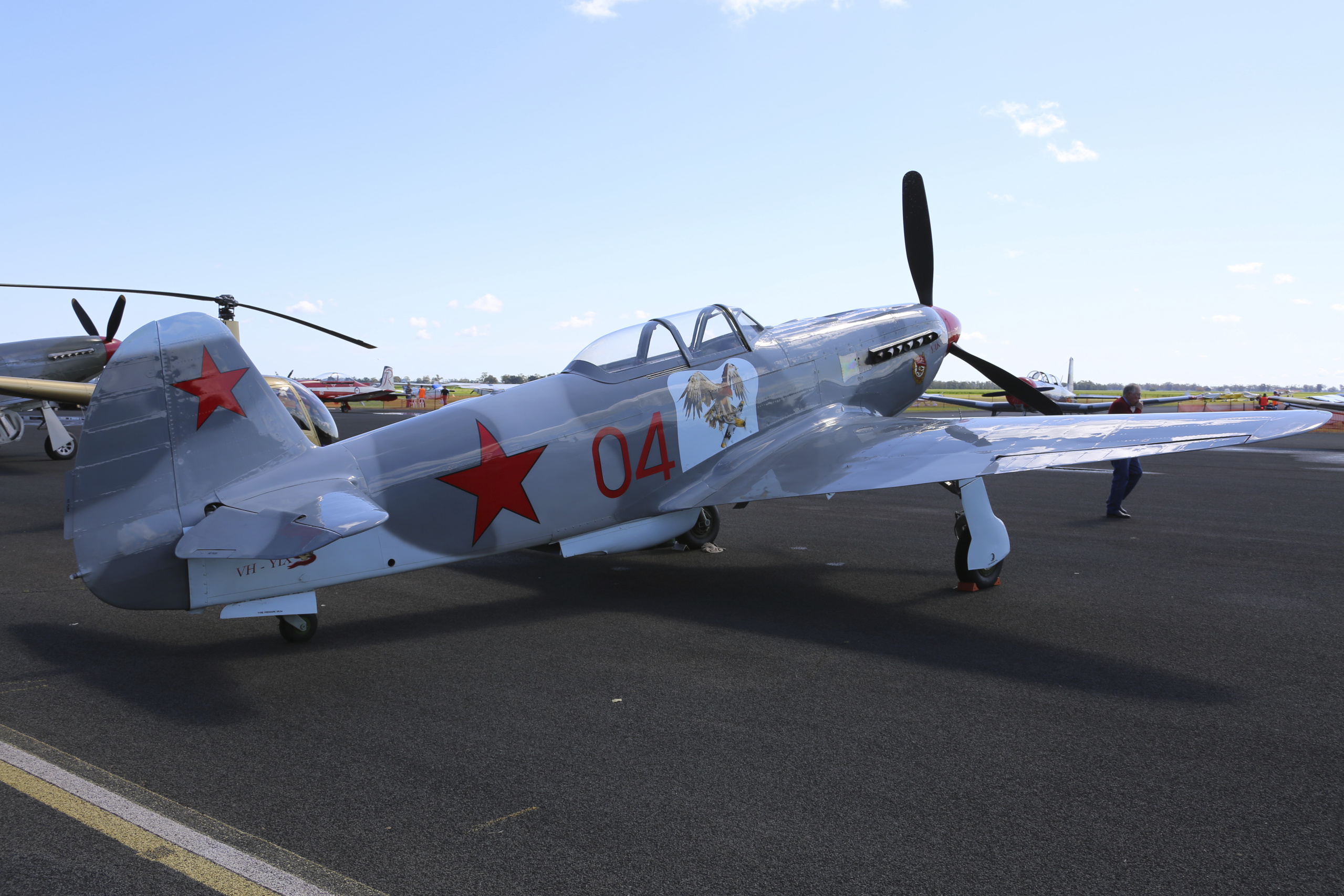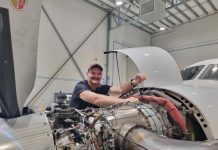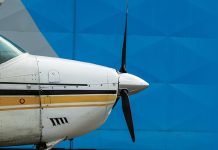The Australian Transport Safety Bureau (ATSB) has published the final chapter in a sad story: the crash of a Russian Yak-9 replica warbird that killed its pilot.
On the day of the crash, 7 September 2018, the pilot had booked an instructional flight in the warbird, but when the Yak-9 arrived at Latrobe regional Airport in Victoria it was missing documentation because of the canopy being opened in flight. The pilot and instructor agreed the aircraft should not be flown without its documentation and the pilot suggested taxi practice, which the instructor agreed to. After starting and running up the aircraft the pilot took off.
The ATSB found the pilot, a man aged 63, had conducted aerobatics in other high-performance warbird aircraft in the two years prior to the accident, but had not flown the Yak-9 in more than three months, and had not flown aerobatics in the aircraft.
Witnesses near the town of Moe watched the warbird fly a series of aerobatic manoeuvres. As the aircraft came out of the bottom of a loop, it made an abrupt left turn before spiralling to the ground. One witness took a video that briefly showed the aircraft in a steep nose‑down spin. The aircraft was destroyed, and the pilot killed when it hit the ground. Analysis of the crash scene suggested very little forward speed.
The ATSB found the pilot had ‘initiated aerobatics lower than his flight activity endorsement permitted and well below the height required to safely recover the Yak-9 from a spin.’ Pilots familiar with the type reported between 5-7000 ft was needed for spin recovery.
The investigation revealed a distinctive characteristic of the Yak-9 that the pilot was unlikely to have been aware of: stick forces become lighter at high speed.
‘Experienced Yak-9 pilots reported that the aircraft exhibited a divergent pitch control that was more pronounced when it had a rearward centre of gravity,’ the report says. ‘This characteristic, which is different to most other warbird aircraft, meant that the effort required to pull back on the control stick reduced as the airspeed increased during a high-speed dive. That behaviour increases the possibility of the pilot over-controlling the aircraft with excessive pitch-up input. This, in turn, increases the risk of unintentionally entering a high‑speed stall by exceeding the wing’s maximum angle of attack and entering a spin.’
Other factors that increased risk included the aircraft’s rear canopy being unsecured for take-off, which may have affected the aircraft’s handling and distracted the pilot. Corrosion and some insecure flight control and seat fasteners were found in the wreckage, and the lack of a maintenance release and flight manual meant the pilot did not have important operational and maintenance information about the aircraft.
The Yak-9 was a Soviet fighter aircraft of World War II. The crashed aircraft had been made in 1996, by its original manufacturer, Yakovlev Design Bureau, but was fitted with an American Allison V-1710 engine instead of the wartime Klimov engine.






Very sad. One of my favourite aircraft, regarded as one of the better fighters of WWII.
I finally got to have a look at one when it visited Narromine; not long before it was destroyed.